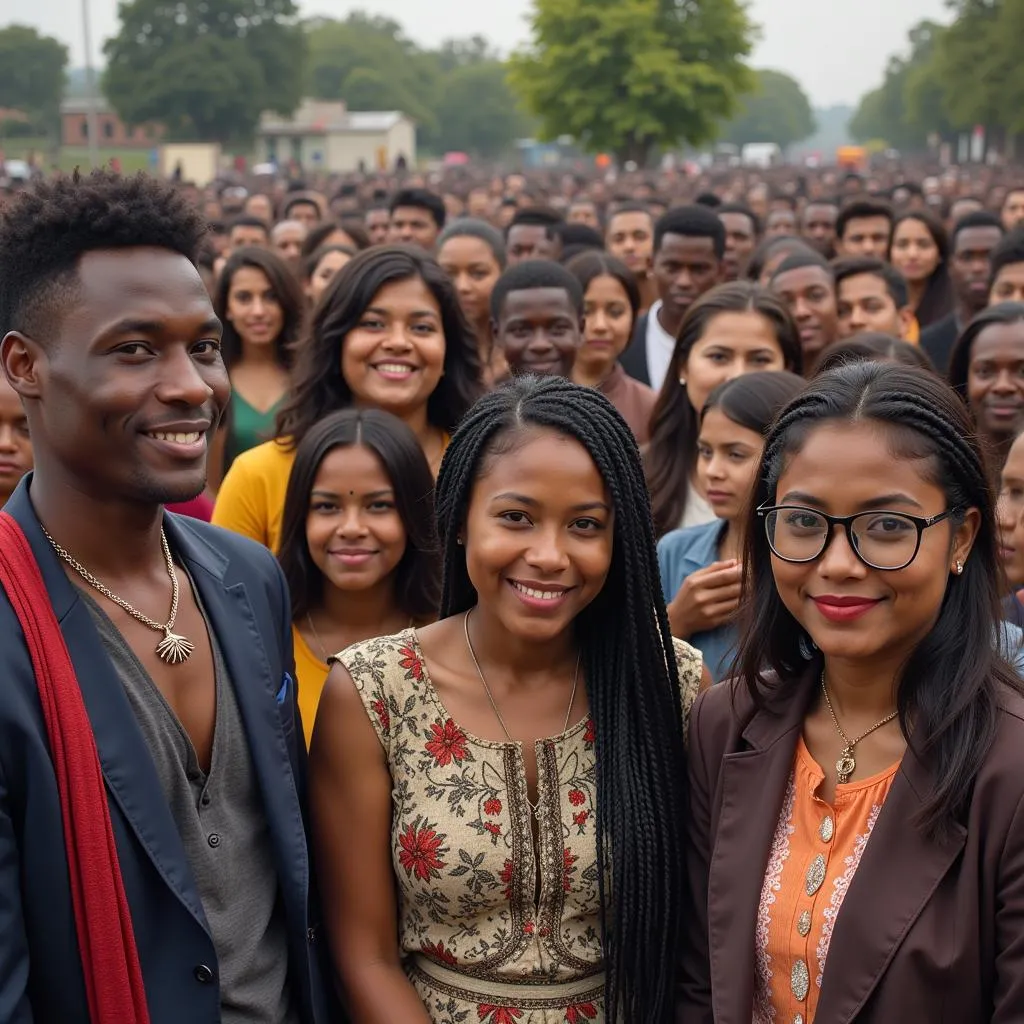The term “Tight Society” often evokes a sense of restriction, a world where rules are rigid and deviations are met with disapproval. While it’s true that such societies emphasize conformity and adherence to social norms, the reality is far more nuanced. Understanding the dynamics of a “tight society” requires looking beyond surface-level observations and delving into the complexities of cultural psychology, historical context, and individual experiences.
Tight vs. Loose Cultures: A Spectrum of Social Norms
The concept of “tight” and “loose” cultures, popularized by social psychologist Michele Gelfand, provides a framework for understanding how societies vary in their tolerance for deviance. Tight cultures, often shaped by historical threats like natural disasters, resource scarcity, or invasions, prioritize order and predictability. These societies have strong social norms and low tolerance for behaviors that deviate from those norms. On the other hand, loose cultures, often characterized by greater historical security and abundance, are more permissive and accepting of diverse behaviors.
The Tightrope Walk: Benefits and Challenges of Tight Societies
Living in a “tight society” can be likened to walking a tightrope. There’s a constant awareness of the boundaries, a need to maintain balance and avoid stepping outside the lines. This emphasis on conformity can foster a sense of collective identity, shared values, and social cohesion. Crime rates may be lower, and public spaces may feel more orderly and predictable.
However, this rigidity can also come at a cost. Individuality and self-expression might be stifled, leading to a sense of frustration or a lack of autonomy. Innovation and creativity could be hampered as individuals hesitate to challenge the status quo.
Beyond the Label: Understanding the Nuances of “Tight Societies”
It’s crucial to remember that “tightness” and “looseness” exist on a spectrum. No society is entirely “tight” or “loose,” and there’s significant variation within cultures. Factors like socioeconomic status, geographic location, and even individual personality can influence how people experience and navigate social norms.
 Diverse Individuals within a "Tight" Cultural Setting
Diverse Individuals within a "Tight" Cultural Setting
Bridging Divides: Fostering Understanding and Empathy
In an increasingly interconnected world, understanding the dynamics of “tight” and “loose” cultures is essential for promoting cross-cultural communication and empathy. Recognizing that different societies have different ways of maintaining order and managing social behavior can help us navigate cultural differences with greater sensitivity and respect.
FAQs about “Tight Societies”
1. What are some examples of “tight” societies?
Countries often cited as examples of “tight” cultures include Japan, Singapore, and South Korea. However, it’s crucial to remember that cultural “tightness” can vary significantly within a country, influenced by factors like region, religion, and socioeconomic background.
2. Are “tight” societies inherently negative?
No, “tightness” and “looseness” are not inherently positive or negative. Each cultural approach has its own benefits and drawbacks. “Tight” societies can provide a sense of order and stability, while “loose” societies may foster greater creativity and innovation.
3. Can individuals change the “tightness” or “looseness” of their culture?
Cultural change is a complex and gradual process. While individuals can challenge norms and advocate for greater openness or structure, shifting deeply ingrained cultural values requires collective effort and often occurs over generations.
Need Help?
For support, please contact Phone Number: 02043854663, Email: [email protected] Or visit us at: Zone 34, Bac Giang, 260000, Vietnam. We have a 24/7 customer service team.